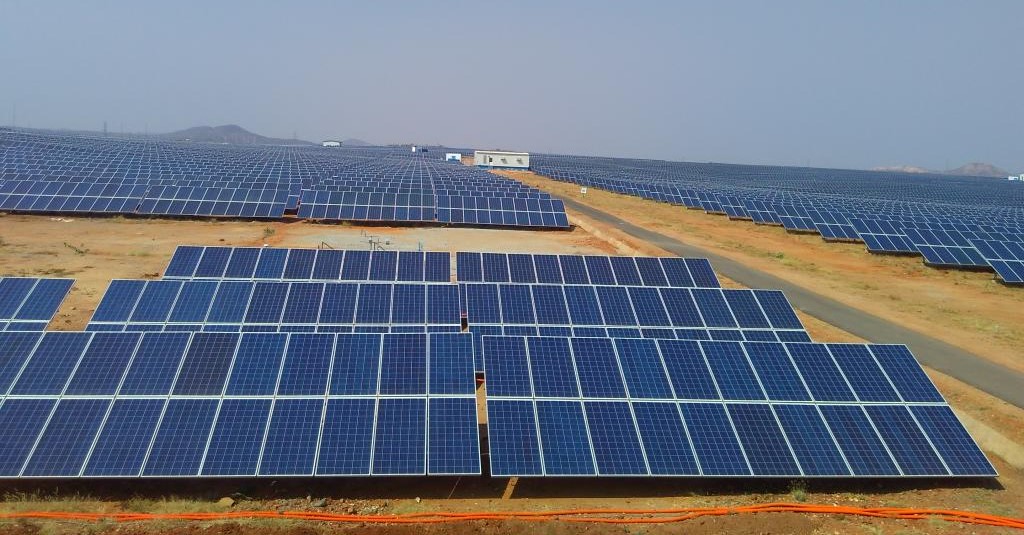(3 minutes read)
Cameroon joined the league of African solar energy producers for mass consumption with an installed capacity of 30.6 MW along with South Africa, Egypt, Morocco, Algeria, Senegal, Namibia, Tunisia, and Uganda. Motivated by this impetus, Cameroon now seeks to boost its capacity to 250 MW by 2030.
Cameroon joined the league of African solar energy producers for mass consumption with an installed capacity of 30.6 MW along with South Africa, Egypt, Morocco, Algeria, Senegal, Namibia, Tunisia, and Uganda. Motivated by this impetus, Cameroon now seeks to boost its capacity to 250 MW by 2030.
The Minister of Water and Energy (Minee), Gaston Eloundou Essomba, stated that Eneo, the national electricity company, is getting ready to launch a program to hybridize seven new isolated power stations. This initiative builds on previous hybridization efforts, which included the construction of mini solar power plants in Djoum, Lomié, and Garoua-Boulaï. Two additional projects in Guider (15 MW) and Maroua (10 MW) are expected to be operational by early 2025. The country aims to commission the twin parks in Guider and Maroua by early 2025.
The second project will follow the same model as the first, involving modular solar power plants. Eneo (the national electricity company) will construct the platforms and evacuation lines, while the independent producer will install the solar panels and storage batteries. It is currently unknown whether Eneo will continue to collaborate with Release, the subsidiary of the Norwegian Scatec Solar Group dedicated to modular solar energy solutions, as with the initial projects.
According to the power utility, this scheme offers technical and contractual flexibility. Its deployment is rapid, with the first kWh injected into the grid less than a year after the project’s inception, in contrast to the five-year average for similar projects. Also, the system can be disassembled and installed elsewhere if needed, allowing for short-term commitments. For instance, the power purchase agreement with Release is reportedly for a five-year renewable duration, enabling disengagement once the infrastructure is no longer essential.
There are many projects underway in Cameroon that are gradually changing the production landscape. Maybe in the next five or ten years, this type of installation will not be as essential as it is today. For now, solar power reduces the financial burdens of the sector and lowers greenhouse gas emissions.
To date, the two solar photovoltaic power plants at Guider and Maroua have already injected some 45,000 megawatt-hours of electrical energy into the interconnected northern grid, representing savings of over 12 billion CFA francs compared with what would have been spent if this energy had been generated by thermal power plants. Eneo, on the other hand, estimates these savings at CFA 18.48 billion between 2021 and 2023, representing a decrease of nearly 90% in fuel consumption. However, to build the Guider and Maroua solar power plants, the company claims to have invested over CFA 11 billion. Another CFA 300 million is paid as monthly rent to its partner, Release.
Read Also:
https://trendsnafrica.com/afreximbank-funds-solar-powered-rural-households-in-cameroon/
https://trendsnafrica.com/kenya-solar-africa-2023/
The commissioning of these two photovoltaic plants should reduce C02 emissions by at least 26,000 tons a year, according to experts. The construction of these plants is one of the actions included in the Nationally Determined Contribution (NDC) to the fight against climate change, in which Cameroon has pledged to reduce its greenhouse gas emissions by 35% by 2035.





